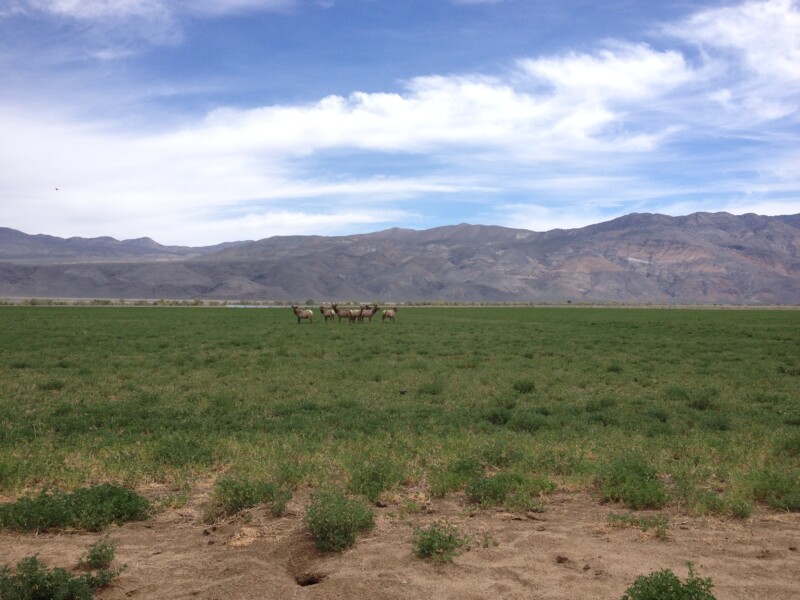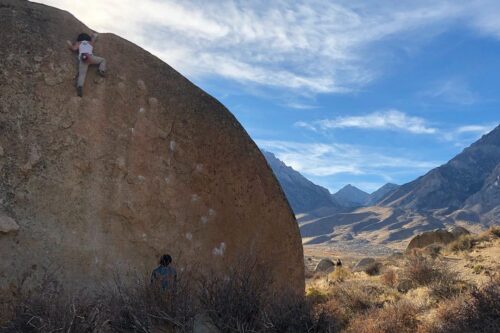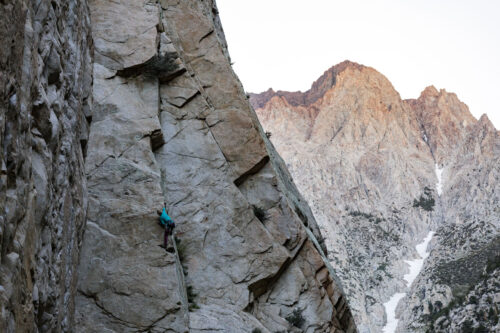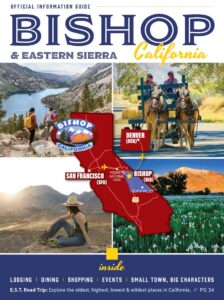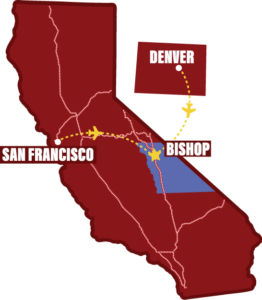California’s Own – Tule Elk in the Eastern Sierra
If you’ve been reading about the animals that live in Bishop’s big backyard, it takes a special “breed” to literally call this scenic landscape home. Wildlife must adapt to drastic weather, rugged mountain terrain, and a high desert landscape. A great example of an animal that hasn’t just survived but rather thrived is the Tule elk.
Bred for California’s Landscape
In North America, there are four elk species native to the continent. Three of these can be found in California, but one— the Tule elk—exists only in the Golden State. Similar to wild horses, the Tule elk is smaller in stature. They also have a lighter pelt color compared to other elk species, helping them adapt to their open country environment and semi-desert conditions. Males typically weigh around 550 pounds, with some reaching 800 pounds, while females can weigh up to 425 pounds.
Tule Elk’s Historic Range
In its historic range, more than half a million Tule elk roamed the grasslands of central California, from the headwaters of the Sacramento River in the north to the Tehachapi Mountains in the south. However, they were hunted to near extinction after the Gold Rush of 1849.
Where to See Them Today
Today, Tule elk have been successfully introduced to the Owens Valley, where their population has rebounded to over 400 individuals. These elk are now divided into six sub-herds that roam between the towns of Bishop and Lone Pine. They are frequently seen grazing on irrigated fields along U.S. Highway 395, which cuts through the heart of the Owens Valley. One of the best places to view them is near Tinnemaha Creek, about seven miles south of Big Pine.
The elk were later introduced to the Owens Valley, where their population has rebounded to 400+ individuals in six sub-herds living between Bishop and Lone Pine. Herds can often be seen on the irrigated lands along US-395, which runs through the Owens Valley, with Tinnemaha Creek—seven miles south of Big Pine—being one of the best viewing locations.
A designated Tule Elk Wildlife Viewpoint is located along U.S. Highway 395 just south of Big Pine. The best times to observe the elk are in the early morning and evening hours, particularly from spring through fall, when they gather near irrigated fields to access food and water.
Roadside pull-outs are available on both sides of the highway. These areas are wide, set a safe distance from traffic, and are accessible for wheelchair users and others with mobility challenges.
Interesting Facts:
- Tule elk prefer to live in marshes and wetlands, named after the tule reed that grows there.
- From 1849 to until the mid 1870s, they were thought to be extinct. This was until they were found on a ranch near Bakersfield which all present living tule elk were derived from.
photo by @visitbishop
